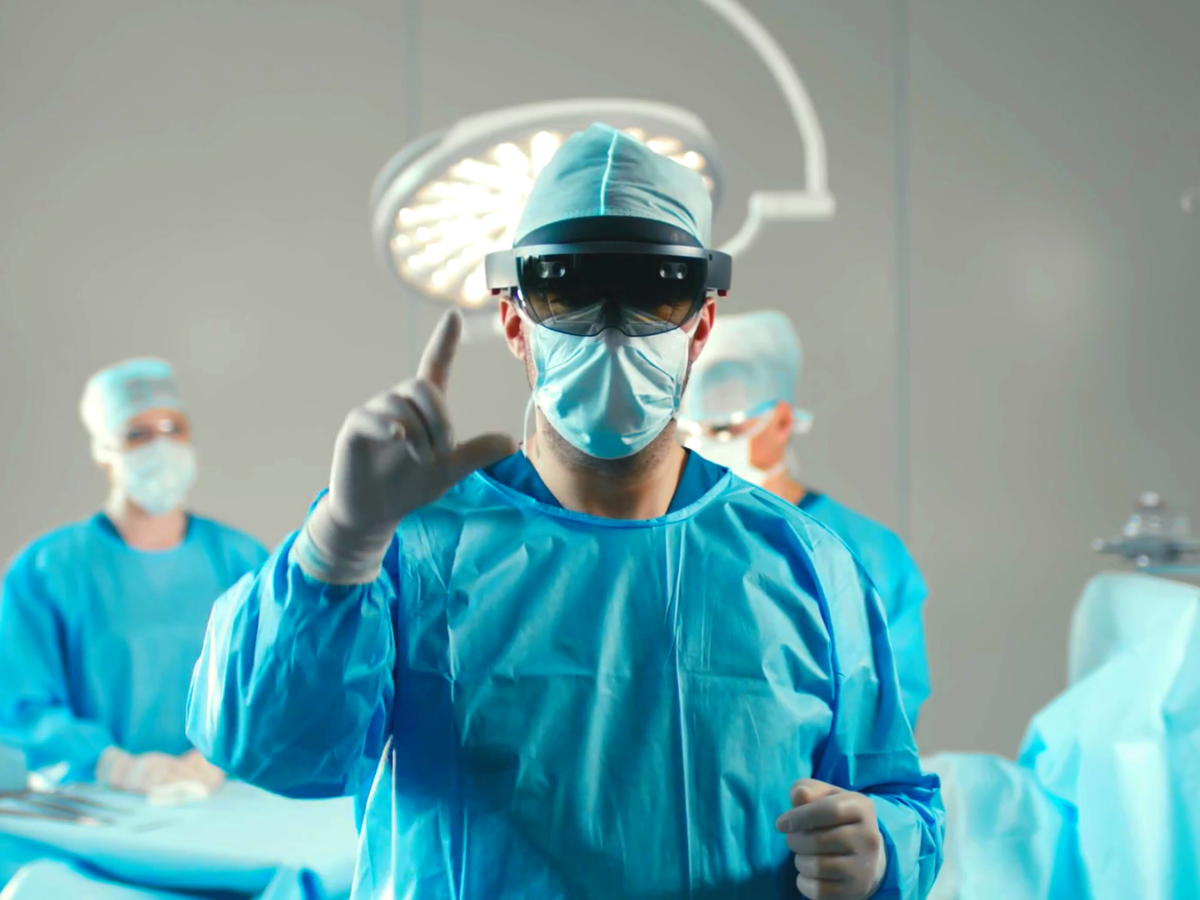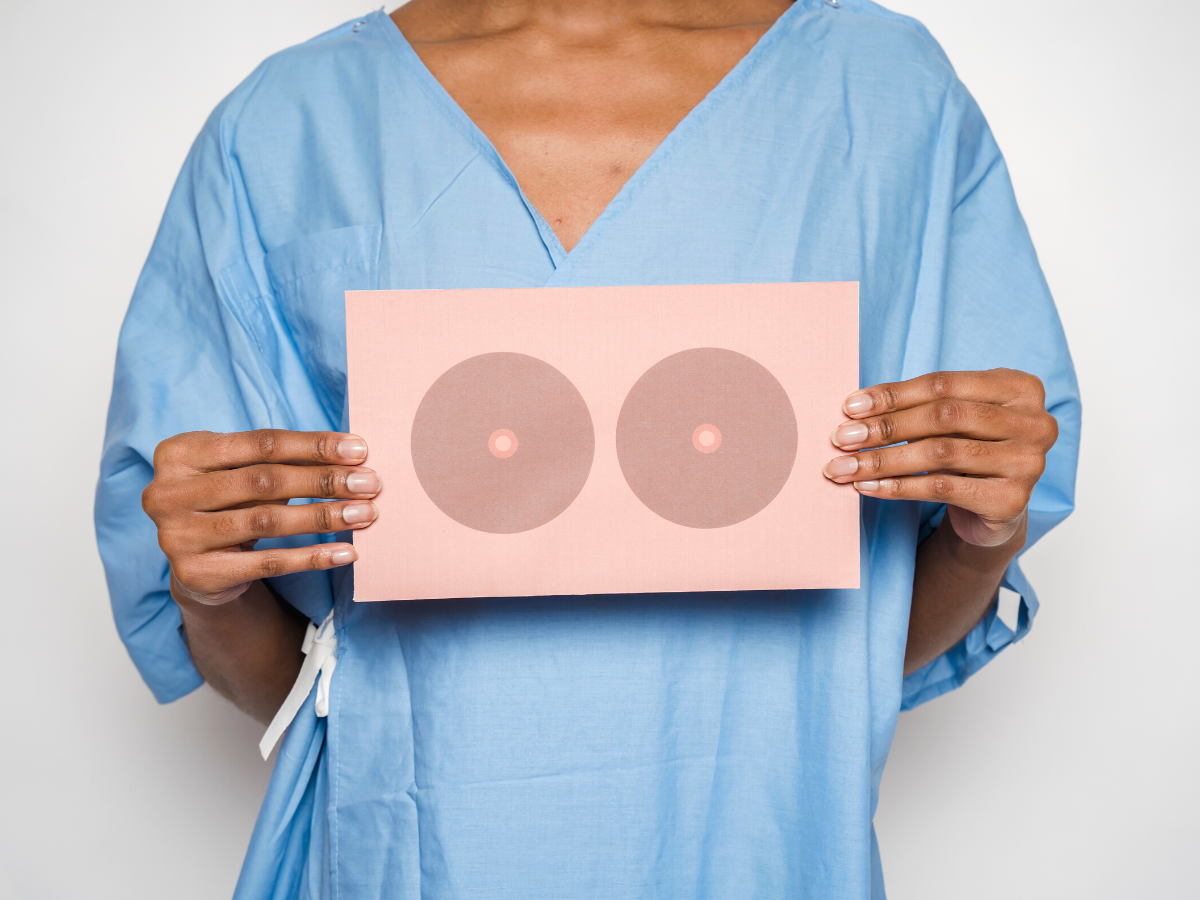
BY Isaac Knowles
Healthcare
Training to be a surgeon just got a whole lot easier, and we have technology to thank. New augmented reality software is helping trainee surgeons turn their dining room table into an operating theatre. Could this be the future of medical training?
AUGUST 06 2021
Over the last two years, there has been an obvious surge in the number of people working from home. For reasons which are apparent to all, finding new and innovative ways to turn your house into a remote office have become a lifeline for working professionals. Fortunately, it transpired that a great many jobs previously conducted in an office format transitioned very smoothly to the home working environment. Bankers, lawyers, politicians, IT technicians, accountants, civil servants; the list is never ending.
For some however, working from home simply was not an option. The UK’s essential workers were provided with freedom from the ‘work at home’ order – after all, how can you deliver the post virtually? This was a necessary requirement as a lot of jobs simply cannot be done virtually, like surgery for example. While it remains true, and somewhat obvious, to say that surgery is most definitely not a virtual task, training for it can be. At least, that is what a consortium of Scottish companies believes.
Using technology to train surgeons
Surgeons are all set to be trained on ‘hyper-real’ 3D-printed models of organs which allow the visualisation of the human body like never before. This technology is immersive and will replicate the conditions under which the organs would normally operate. Trainee surgeons can set up their smartphone, scan the model organs, generate a digital representation, and then conduct a real-life procedure on their kitchen table. The models themselves are made from aqua gel which mimics the texture of human tissue. Once the procedure is completed, the trainee surgeon can also send video evidence to their supervisor.
The Digital and Metrology Lead at the National Manufacturing Institute Scotland, Danny McMahon, said this about the new technology:
‘Our software works along with Organlike’s hyper-real models to provide guidance and training, as well as feedback on performance. While there is no replacement for the real thing, we can help prepare trainees for taking the next step in their training. Although coronavirus restrictions are lifting, we expect there to be an increasing demand for a more flexible approach to surgical training going forward. The application for this technology extends far beyond Scotland and although it’s still relatively early days for the project we are already excited about its potential.’
Using technology to help us train for hundred-year-old pursuits is not a new idea, and there are similar projects being developed to cater for the same trainees. Apart from augmented reality (AR) there is also virtual reality (VR).
The leading virtual reality surgical training and assessment platform, Osso, makes use of VR headsets to completely immerse trainee surgeons in the operating theatre environment. This project has found very promising results too, as a study conducted at UCLA’s David Geffen School of Medicine found that VR training on the Osso VR platform improved participants’ overall surgical performance by 230% compared with traditional training methods.
Can we revolutionise medical care with innovative technology?
Humanity has used innovation and technological advancements to tackle some of the oldest and most complex problems in the world. Problems that neanderthal man could not even imagine existing. We can fly planes from halfway around the world, collect rock samples from halfway across the solar system, and cure deadly disease.
These advancements in technology-based medical training could be the beginning of a new era of advancement for healthcare. The best medical treatments should not be confined to the world of Star Trek or Dr. Who. The new AR and VR technology for surgical training, if widely used, could both increase the efficiency of pre-existing surgeons, and significantly improve the learning of aspirational medical professionals.
These visions will not be achieved without significant cost, however. The financial ramifications of developing this technology are significant, and if progress is to continue in this field, people must invest money and time.
The imagination does not need to stretch too far to imagine a world where medical treatment and training is the best it can be. All we must do is make sure that the public purse strings stretch as far as our innovation.
About the Author: Isaac Knowles
Isaac Knowles is a contributing current affairs Features writer. He focuses on social issues which face everyday people and has written on topics such as race, feminism, and poverty. While endeavouring to write in-depth pieces that make real-world impacts, Isaac has developed significant expertise in the fields of politics, economics, and human rights.
Recommended for you

Antidepressant Prescribing at Six-Year High
More people are taking antidepressants than ever. Is this a dark sign of the times or an indication that mental health stigma is changing?

Can AI be Used to Determine Cancer Recurrence?
When cancer patients go into remission, they often worry about it coming back. AI can now help identify those at risk of cancer recurrence.

Pegasus – Still a Threat to the UK?
The notorious Pegasus spyware has been misused to exploit vulnerabilities in devices, even those kept within the walls of Number 10.
Trending

Drug Decriminalisation: Could the UK Follow Portugal?
Portugal’s drug decriminalisation has reduced drug deaths and made people feel safe seeking support. Would the UK ever follow suit?

Calling All Unvaccinated UK Adults
With Covid cases rising, the NHS is urging the 3 million UK adults who remain unvaccinated to come forward.



